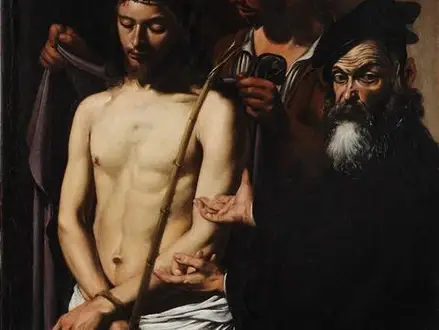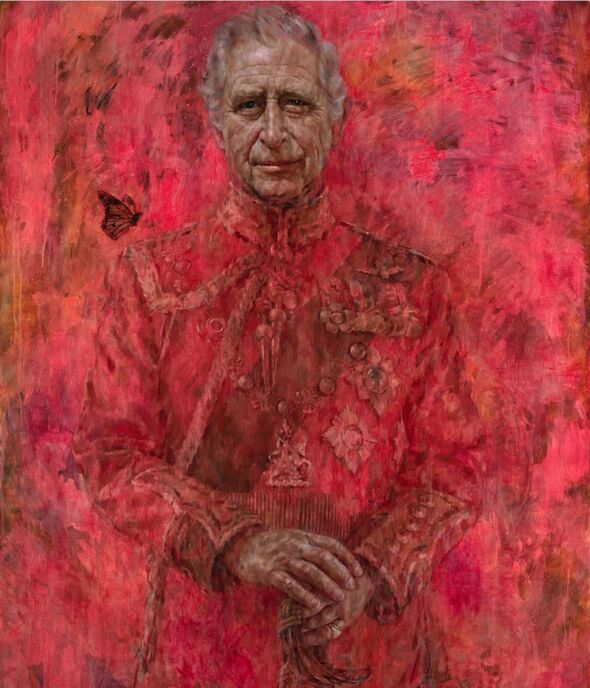Title of Artwork: “Ecce Homo”

Artwork by Caravaggio
Year Created 1605
Summary of Ecce Homo
‘Ecce Homo’ by Caravaggio is a painting from the Italian master’s oeuvre. Genoa’s Palazzo Bianco houses it. It is claimed by Giambatista Cardi, the nephew of Florentine artist Cigoli, that Cardinal Massimo Massimi ordered paintings on the theme of Ecce Homo from three artists without informing them. The cardinal preferred Cigoli’s version, according to Cardi.
All About Ecce Homo
Pontius Pilate displays Christ to the crowd with the words “Ecce homo!” from the Gospel of (John 19). “Behold the man” With Pilate’s display and the mockingly robed mockery of Christ’s tormentors in mind, Caravaggio depicted the scene in which the crucifixion of Christ was depicted in Caravaggio’s style. Considering that Massimi already owned a Caravaggio’s Crowning with Thorns, Ecce Homo may have been meant to serve as a complementary piece. Caravaggio’s mature Roman-period style is evident in this painting. The tormentor, who appears to mix sadism with pity, is depicted in psychological realism, with the forms visible up close and modelled by dramatic lighting, a lack of depth or background. According to tradition, Pilate is depicted as an almost-sympathetic character.
The contract for Ecce Homo was signed on June 25, 1605, and the painting was expected to arrive in August. Due to his arrest in July for allegedly assaulting Laura della Vecchia and Isabella, Caravaggio may have missed his deadline. Lena and Caravaggio’s model, who Pasqualone refers to in the police complaint as “Michelangelo’s (i.e. Caravaggio’s) girl” were the subject of his assault on the notary, Mariano Pasqualone, on the 29th of July. He fled to Genoa until the end of August. In September, he was accused of throwing stones at his landlady’s house, and in October, he was wounded in the throat and ear in a mysterious incident. He was in trouble with the law throughout the year (Caravaggio claimed he had fallen on his own sword). After killing Ranuccio Tomassoni in a duel in Rome in May 1606, he fled again, and he didn’t arrive in Naples until the end of the year. Ecce Homo by Cigoli, painted in 1607, is a clear attempt to mimic Caravaggio’s style, indicating that Massimi had not yet received his Caravaggio and was looking elsewhere for inspiration. Cigoli’s depiction of Christ’s torturer as a grotesque has been replaced by Caravaggio’s depiction of Pilate dressed as a 17th century official.
Many scholars, including Sebastian Schutze, argue that this painting is not by Caravaggio “Compositionally, it’s very crowded, and the narrative flow seems disjointed. The Roman governor appears to be on a different plane of reality; he is painted in a different style, with his facial features exaggerated to the point of caricature.”
Information Citations
En.wikipedia.org, https://en.wikipedia.org/.






















